To the U.S. Army, climate change is more than real. To the U.S. Army, climate change can be described as a ‘”threat multiplier” that “poses an immediate and serious national security threat.”
The Army said it cannot address all or even most greenhouse gas emissions, but with its effects already affecting its ability to conduct missions, the Army pumped out a solar project for another military installation, this time with a 13 MW solar project at Fort Polk (formerly Fort Johnson) in Louisiana.
Fort Polk’s solar installation is part of the Army’s goals to cut utility costs and increase resiliency, and more notably its Army Climate Strategy.
“This installation has always been about readiness, not just on the battlefield, but in every aspect of Soldier and family life,” Brig. Gen. Jason A. Curl said.
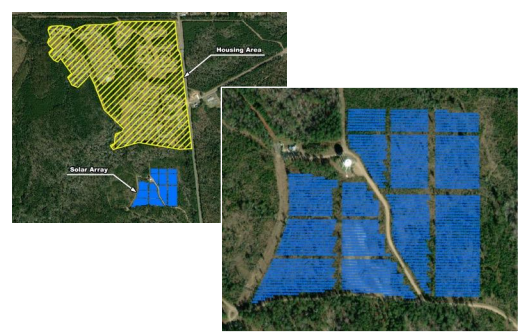
Along with the solar installation, Fort Polk is installing more than 3,600 ground-source heat pumps at Fort Polk’s homes, office space and neighborhood centers. The upgrades are expected to reduce electricity use by 31%, or 12,794 MWh per year, saving nearly $40 million. The efficiency project also benefited from the maximum 50% federal investment tax credit for ground-source heat pumps.
(See also: How the One Big Beautiful Bill affects heat pump adoption)
The project will supply enough electricity to power 1,800 military homes at Fort Polk – about 42% of the installation’s 3,661 homes. The solar projects are expected to provide 42% of the base’s electricity demand for on-base housing in their first year, according to Onyx.
The project will provide energy cost savings over a 25-year operating lease.
Corvias said it plans to expand the new installation by an additional 15 MW to 18 MW during its next phase, aiming to use 100% renewable energy for the fort’s housing.
It also plans to add microgrid technology, residential and commercial-scale battery energy storage systems, and electric vehicle supply equipment for electric vehicles in the future. Corvias said these advancements will not only support current missions but also future-proof the installation against evolving climate threats.
“When tackling energy security, it is imperative to reduce the consumption of all utilities and to not be vulnerable to third-party power failures,” Corvias said.
This makes access to the reliability that comes with onsite solar, energy storage and microgrids vital to the Army.
Curl said the solar project “provides greater independence and resilience to our families to have reliable power, no matter what the challenge.”
The project was developed through a partnership Corvias and Onyx Renewables established in 2015 with the goal of providing clean energy to military communities. Corvias is about 20 years in to a 50-year partnership with the U.S. Military under the Department of Defense’s Military Housing Privatization Initiative program.
The 13-Mw project consists of more than 30,000 solar panels on one parcel of land spanning 97 acres. Onyx, which will finance, own and operate the systems long term, said the solar arrays are scheduled for energization this fall.
Chris Wilson, chief executive officer, Corvias, said the renewable energy efforts are a reflection of the important role energy resilience plays in national security. “By enhancing the energy infrastructure of military installations, we are helping to meet tomorrow’s defense needs.”
The Fort Polk solar project is part of the Army’s transition to use 100% carbon pollution-free electricity at all its installations by 2030. One of the Army’s resiliency goals is to install a microgrid on every installation by 2035. These will include renewable generation and large-scale battery storage, with the goal being able to “self-sustain its critical missions” on all Army installations by 2040. In addition, the Army aims to reduce greenhouse gas emissions by half from its buildings by 2032, compared to 2005. Part of the plan is for light-duty non-tactical vehicles to be all-electric by 2027, and all non-tactical vehicles would be electric vehicles by 2035.
The U.S. Army said climate change makes it challenging to serve its core purpose. According to the Department of Defense (DoD), natural disasters and extreme weather events caused by climate change has caused $13 billion in damages to DoD bases.
Corvias said other Department of Defense installations can replicate Fort Polk’s success if the private sector and other army groups collaborate more, which will close resilience gaps, accelerate project timelines and adopt modern business models that facilitate innovative solutions. This approach reduces project costs while enabling long-term maintenance, Corvias said.
Corvias said it has invested over $60 million in Fort Polk’s energy projects: $33 million in the energy efficiency upgrades and $29.2 million in the solar project.
Additionally, Corvias said it has infused more than $360 million into the rural Fort Polk economy thusfar. Overall, the total development cost is an estimated $1.2 billion and have a $5.1 billion total local economic impact, according to Corvias.
Along with the financial impact on Louisiana, Curl said the solar project strengthens Fort Polk, supports its soldiers and families, and ensures that the installation remains the standard for innovation and resiliency for the U.S. Army.
Earlier this year, Corvias and Onyx completed the third phase of another U.S. Army solar project in Kansas. The 4.23 MW phase brought the Fort Riley base’s total solar capacity to more than 16 MW, becoming one of the largest renewable energy projects in Kansas.
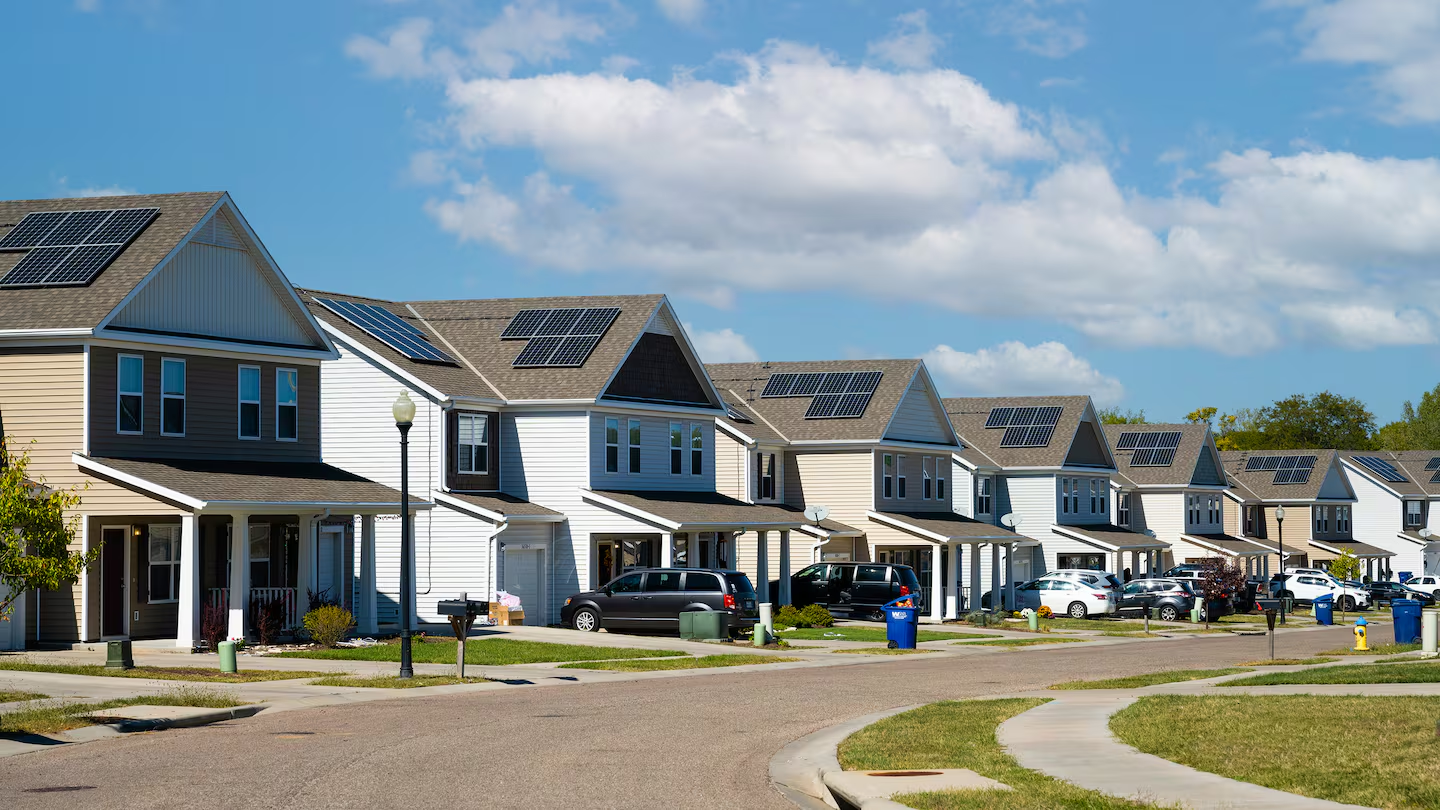
Image: Corvias
Fort Riley’s solar project includes both rooftop installations on more than 1,600 homes on the base, which were completed during the project’s first two phases in 2018 and 2021, and ground-mounted solar arrays, completed in the third phase this year.
The project’s third phase was initially planned to be the final phase, but Onyx Renewables told pv magazine USA, they are evaluating an additional phase, but it is still early in development and diligence.
The U.S. Army also worked with Onyx Renewables for two 6.5 MW projects at its Fort Johnson base in Louisiana, which began late last year.
Other U.S. Army renewable energy projects include:
- A flow battery pilot project located at Fort Carson in Colorado Springs, Colorado.
- A 1.1 MW floating solar installation on the Big Muddy Lake located at Camp Mackall. The system was paired with a 2 MW battery energy storage system.
- The Department of Defense as an exclusive purchaser of all output generated by two upcoming solar facilities in South Carolina. The partnership is valued at an estimated $248 million, and will serve five military bases across North Carolina and South Carolina.
This article was amended Sept. 26, 2025 to state the agreement was through a 25-year operating lease rather than a 25-year power purchase agreement. pv magazine regrets the error.
This content is protected by copyright and may not be reused. If you want to cooperate with us and would like to reuse some of our content, please contact: editors@pv-magazine.com.
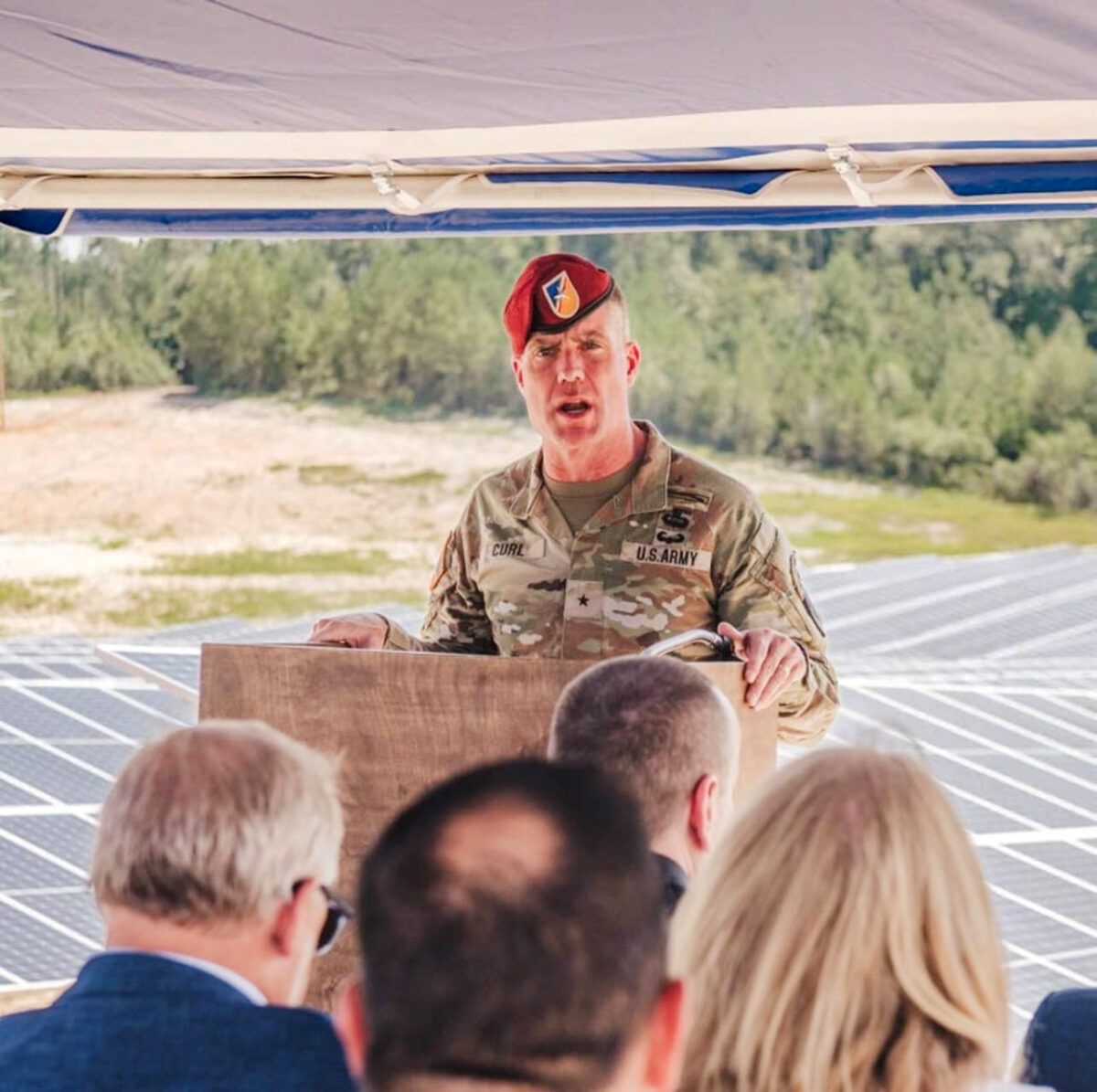
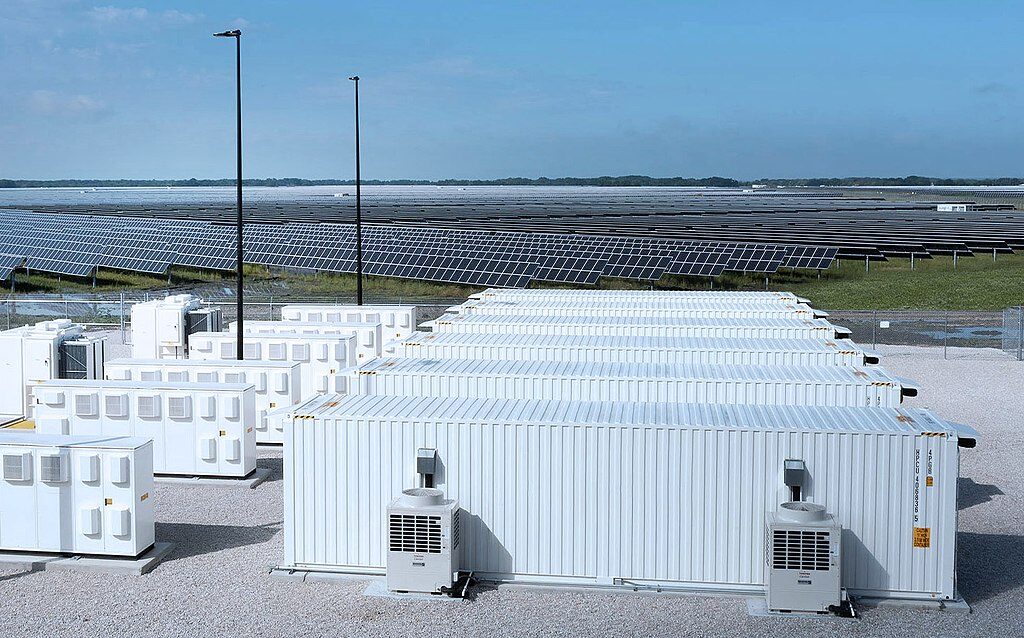



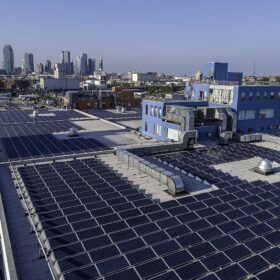
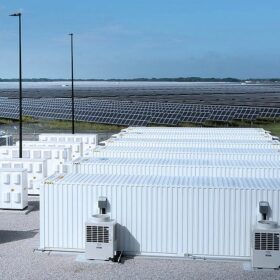

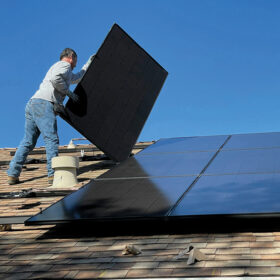
By submitting this form you agree to pv magazine using your data for the purposes of publishing your comment.
Your personal data will only be disclosed or otherwise transmitted to third parties for the purposes of spam filtering or if this is necessary for technical maintenance of the website. Any other transfer to third parties will not take place unless this is justified on the basis of applicable data protection regulations or if pv magazine is legally obliged to do so.
You may revoke this consent at any time with effect for the future, in which case your personal data will be deleted immediately. Otherwise, your data will be deleted if pv magazine has processed your request or the purpose of data storage is fulfilled.
Further information on data privacy can be found in our Data Protection Policy.